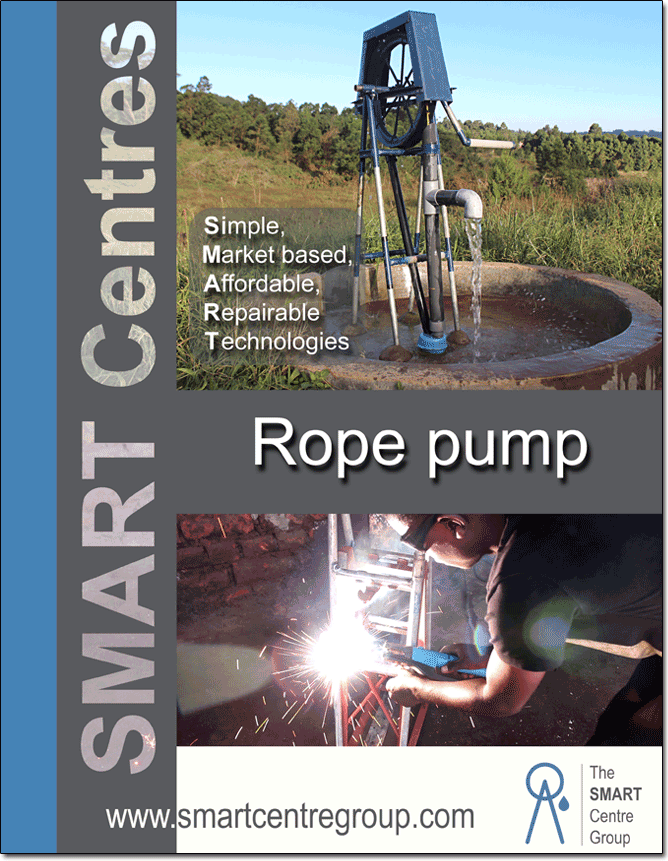In large parts of the world, people do not give a second thought to where the water from the tap comes from. It is so taken for granted that there is access to water at any time of the day. Thankfully.
Unfortunately, the reality for many people in other parts of the world is not so rosy. There, you don’t turn on a tap in your house that releases clean drinking water. There, women sometimes have to walk for hours to fetch water to drink, cook or clean the house, let alone water plants.
So too in many villages in Zambia where Jacana works, where people often don’t have the money to realise water at home. Jacana has been working since 2017 to realise water “at the doorstep” for families in rural areas for both domestic and agricultural use. One of the most affordable ways is to use a rope pump. This pump is made with local available materials and Jacana has trained welders in Chipata, Lundazi and Petauke to produce these pumps. These entrepreneurs have made a total of 508 rope pumps for Zambia’s Eastern Province. Worldwide, about 130,000 have been placed with both families and communities.
- What makes a rope pump so special:
- The pump can be made entirely from common local resources.
- A child can handle the pump because there is an ergonomic continuous circular motion and no start and stop.
- Water is lifted from depths of up to 50 meters with the help of a rope.
Maintenance of the pump is simple and affordable, on averaging €10 a year.
If you are curious how exactly the rope pump is made, watch the video below, made by Petauke’s Jacana SMART Centre manager, Mr. Douglas Mudenda. This video explains step by step how the rope pump is made.

If you can’t figure it out, you can always
- download the manual at https://jacana.help/resources/water#ropepump
- or take a training course at Jacana SMART Training Centre.
